Panda Diplomacy:Cuddly Power
by+Bei+Ta
More than 1,700 years ago, Chinese people already considered the giant panda a peaceful and righteous animal and raised flags bearing the animals image to symbolize a truce. In contemporary times, the animal still plays an important role in Chinas diplomacy.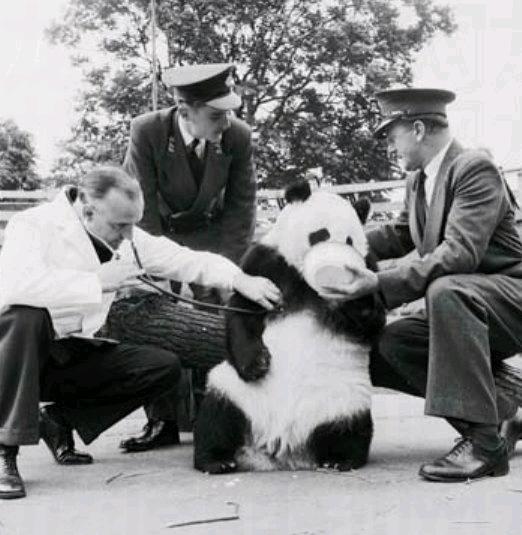
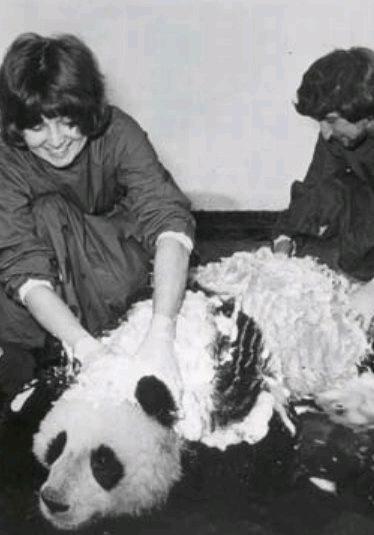
Genesis
The history of “panda diplomacy” can be traced back more than 1,000 years in China. According to historical records of Japan, Wu Zetian, the only female monarch in Chinese history, presented two giant pandas and 70 pelts of panda fur as state gifts to the emperor of Japan.
In 1869, French missionary Armand David transported a panda specimen to Musee dHistoire Naturelle in Paris. Ever since, the animal has been known to the Western world. Obsessed with the fantastic creature, many European explorers began to swarm China in search of giant pandas. In December 1935, American fashion designer Ruth Harkness brought a three-month-old panda cub, which was later named Su Lin, back to the United States. Sadly, the panda died of pneumonia on April 1, 1938, and was stuffed and displayed in the Field Museum in Chicago.
In 1941, on behalf of the government of the Republic of China(1912-1949), Soong May-ling (Madame Chiang Kai-shek) presented a pair of giant pandas as gifts to a U.S. non-governmental organization in appreciation of its help to Chinese refugees during World War II.
“Communist” Pandas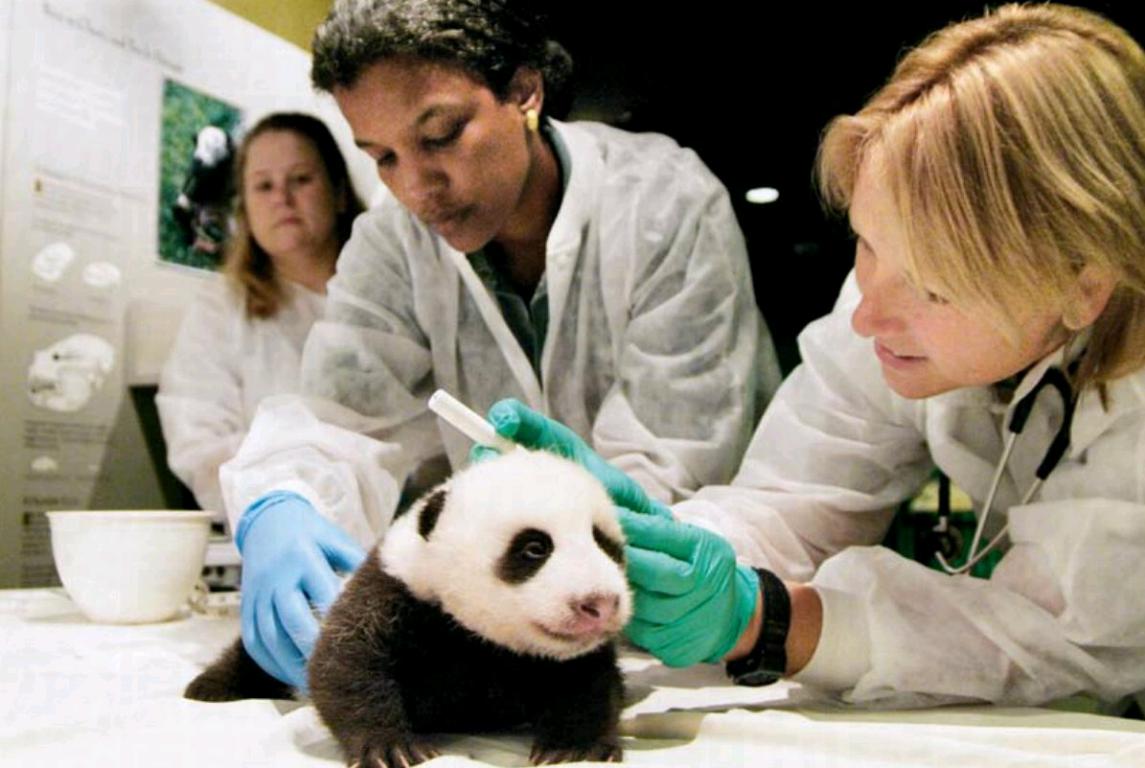
Not until 1957 did the government of the Peoples Republic of China (PRC) use pandas as diplomatic gifts. That year, a panda named Ping Ping was given as a state gift to the Soviet Union, the first country in the world to establish diplomatic relations with the PRC. Two years later, another panda, An An, was transported to the Soviet Union to mate with Ping Ping. Between 1965 and 1980, China gave five giant pandas as gifts to the Democratic Peoples Republic of Korea.
In the early years of the PRC, the country suffered a diplomatic blockade from Western countries, so for a long time after 1949, the giant panda was only gifted to Chinas socialist allies. For this reason, the animal even absorbed a “communist” aura. Although China didnt deliberately block giant pandas from traveling to Western countries, ideological differences and political disagreements hindered the spread of the rare and adorable animal to zoos around the world.
From 1956 to 1957, the Miami Rare Bird Farm and the Chicago Zoo twice wrote to the Beijing Zoo, offering “money or other animals” in exchange for giant pandas.
According to a 1956 record from the Beijing Municipal Bureau of Landscape and Forestry, Beijing Zoo had three pandas at the time, two of which were earmarked to be given to the Soviet Union. In hopes of melting the icy relations between China and the United States, the Chinese Foreign Ministry replied that China accepted the deal in principle, but asked that both sides send delegations to visit each other and complete the deal face-to-face, instead of through a third party.
Despite the Miami Rare Bird Farm and the Chicago Zoos enthusiasm about acquiring giant pandas, the deal was vetoed by the U.S. Department of State. During the same period, other Western countries including Britain and the Netherlands also requested giant panda trades with China, but were refused with the excuse that“the animal was an endangered species and hard to capture.”
Journey to the West
On February 21, 1972, U.S. President Richard Nixon visited China upon an invitation from Chinese Premier Zhou Enlai. Two pandas, Ling Ling and Hsing Hsing, were presented as gifts to the United States. Upon the pandas arrival at the National Zoo in Washington, D.C., 8,000 visitors were waiting in rain to greet them. More than 1 million people went to see the pandas within a month.
After that, pandas began being dispatched as gifts to countries around the world, marking a height of Chinas “panda diplomacy.”In 1973, nine years after it established diplomatic relations with China, France received a pair of pandas, Yan Yan and Li Li. In 1974, China gave two pandas, Tian Tian and Bao Bao, to Germany. Britain eventually welcomed Jia Jia and Jing Jing. From 1957 to 1982, China gave 23 pandas to nine different countries as diplomatic gifts. “In the 1970s, China navigated sharp twists and turns when establishing diplomatic relations with Western countries,”remarks Ye Linhai, an expert in international affairs at the Chinese Academy of Social Sciences. “The giant panda made a considerable impact on the process.”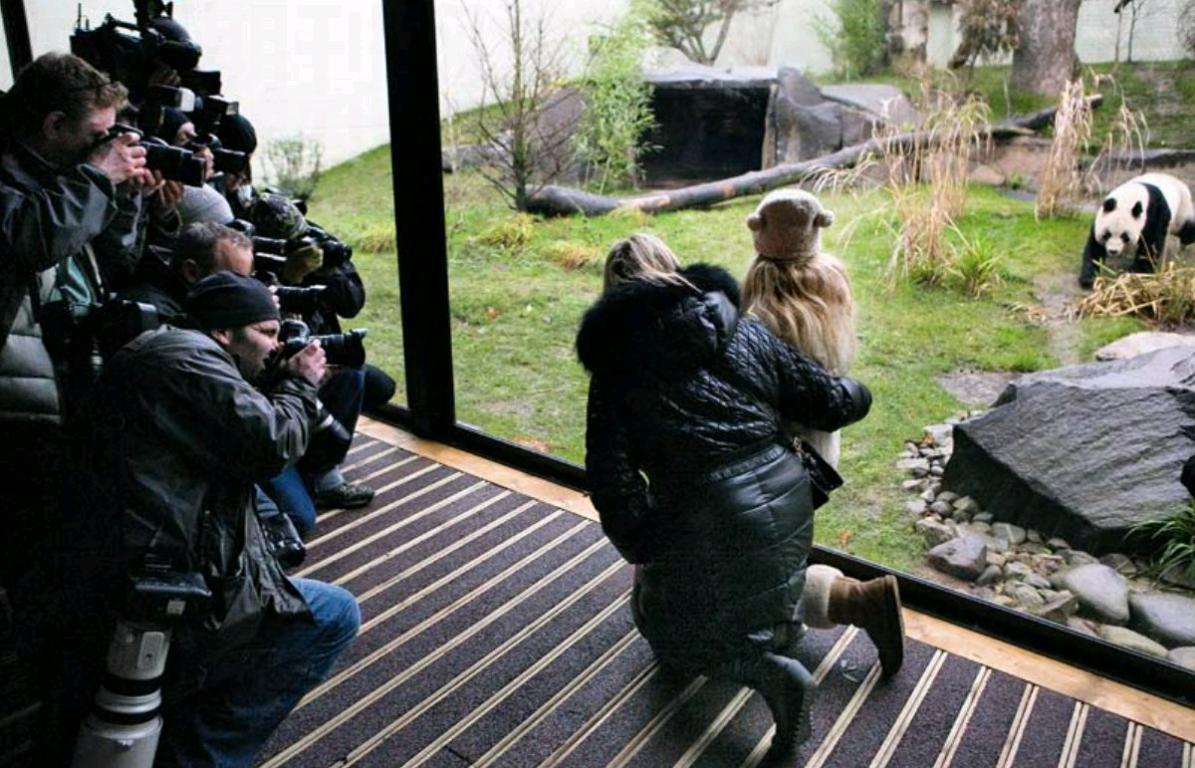
Research Cooperation
The population of giant pandas has dropped sharply due to environmental deterioration of their habitats. In 1982, China stopped giving the animal away as gifts to foreign nations, but they were still offered by Chinas mainland to Hong Kong and Taiwan.
In 1984, China launched a program to loan pandas to other nations. Because such commercial activity could negatively impact the animals breeding, the program was halted in the mid-1990s. Now, the only way for a foreign zoo to acquire the animal from China is through research cooperation according to the Convention on International Trade in Endangered Species, passed in 1975.
With a research cooperation agreement, a foreign zoo can keep a panda on a 10-year lease. The standard loan terms include rental of US$ 500,000 per year and a provision that any cubs born during the loan remain the property of China. In addition, the zoo is obligated to support wild panda conservation efforts.
In 1994, Japans Shirahama Animal Park acquired two pandas from Chengdu Research Base of Giant Panda Breeding after they reached a research cooperation deal. On February 23, 2014, two pandas, Xing Hui and Hao Hao, from Dujiangyan Giant Panda Protection and Research Center, were delivered to Belgium, where they will stay for 15 years. To date, more than 30 pandas have been transported to foreign zoos in the name of research cooperation.
Like their ancestors who were presented as state gifts to foreign countries, such pandas remain goodwill ambassadors of China. “Yes, pandas make the perfect diplomats,” commented The New Zealand Herald.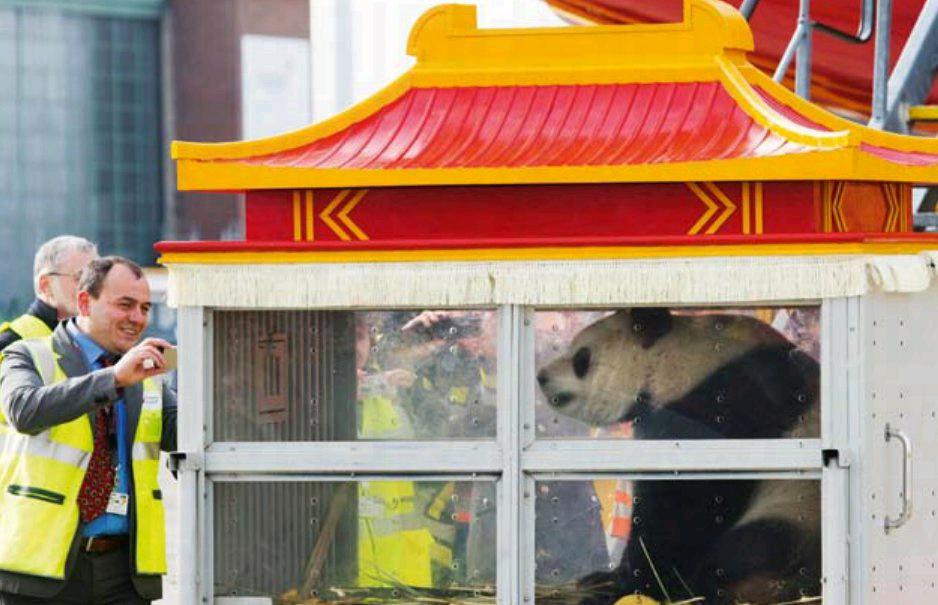
China Pictorial2015年4期
